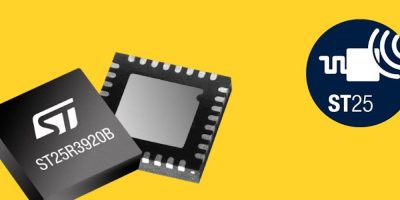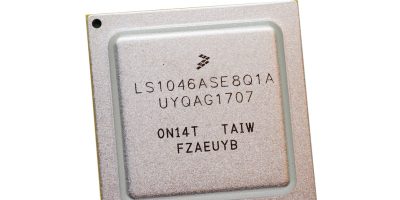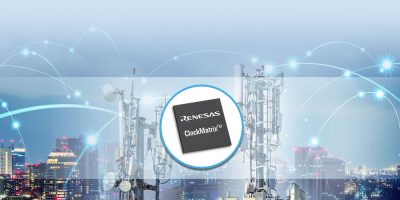Believed to be the first NFC Forum-certified IC for CCC applications, the ST25R3920B eases certification of digital car key systems, said STMicroelectronics.
The automotive-qualified NFC reader ICs for Car Connectivity Consortium (CCC) digital-key applications is used in car door and centre console locations for keyless entry and starting. It can also be used as Qi wireless-charging control and smartphone pairing.
The chip has ST’s Heartbeat algorithm for NFC card protection on Wireless Power Consortium (WPC) applications, which can differentiate between an NFC card and a smartphone in card-emulation mode. This ensures phones can charge while cards stay protected.
New features include enhanced active wave shaping (AWS), this eases certification to the latest NFC Forum Certification Release 13 (CR13), said ST. It also promotes interoperability between CCC digital keys and smartphones. AWS helps remove undershoot and overshoot from the received signal by adjusting parameters. In doing so it avoids repeatedly rematching the antenna during development. The ST25R3920B also supports automatic antenna tuning and automatic low power wake up.
The ST25R3920B has output power up to 1.6W combined with what is claimed to be best in class sensitivity to maximise interaction distance when installed in, for example, in a car door handle, where space constraints require a small antenna. The output power is dynamically adjustable to comply with upper and lower limits expressed in NFC Forum and EMVCo specifications.
ST has combined a highly noise-resistant input structure and integrate noise suppression receivers (NSR). It claimed that the ST25R3920B has the market’s best immunity against external interference. It can also pass car manufacturers’ most stringent proprietary injected noise tests to ensure safe operation in worst-case conditions, said the company.
Samples of the ST25R3920B are available now.







